Celebrate the Caribbean Endemic Bird Festival (CEBF) with us! Our theme in 2021 is “Sing, Fly, Soar—Like a Bird!” Have fun learning about a new endemic bird every day. We have colouring pages, puzzles, activities, and more. Download for free and enjoy nature with your family at home. 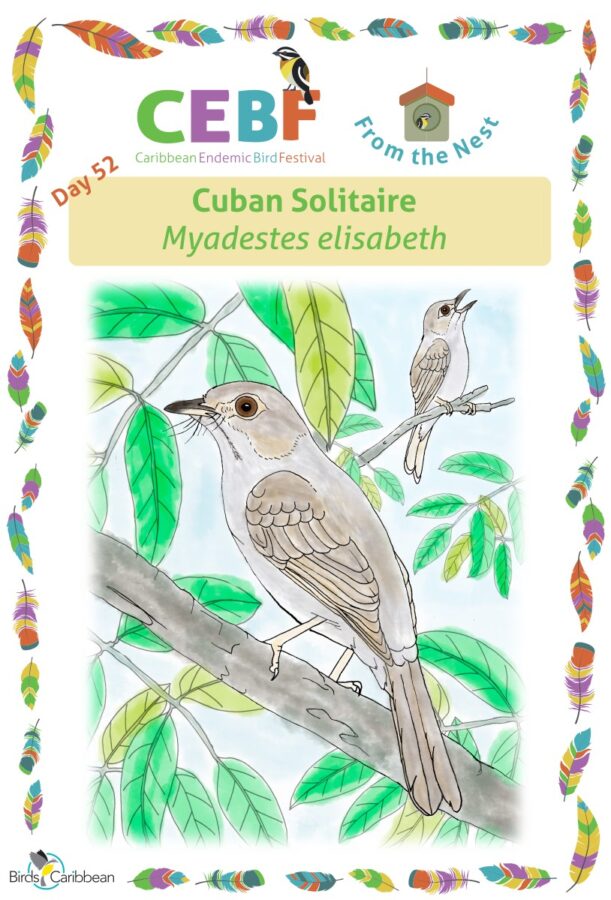
Endemic Bird of the Day: Cuban Solitaire
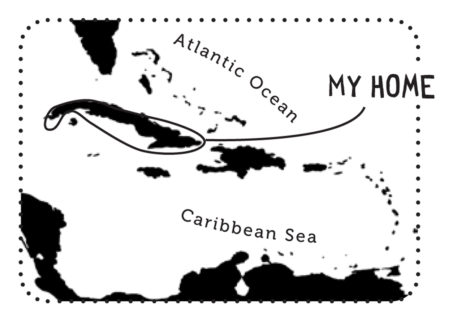 What’s that magical sound? Is there a flutist nearby? No, it’s the Cuban Solitaire! This bird, endemic to Cuba, is a member of the thrush family. It is medium size and wears inconspicuous colors. Its upper parts and tail are olive-brown in color and the lower parts are pale gray. On the wings there is a diffuse patch of reddish-brown color. It has a white eye ring, small bill, and a fine dark mustache stripe. The most remarkable thing about this bird is its beautiful, haunting, flute-like song. It is melodious and varied—some say it resembles the sound produced when a wet finger is rubbed against the rim of a wine glass! This excellent songster is considered relatively common but very local. Its distribution is limited to mountainous forest areas on the eastern and western ends of the island. The Cuban Solitaire lives in humid and shady forests: semi-deciduous woodlands and pine forests, preferably close to cliffs of limestone rock. It is difficult to detect unless it sings because it remains very still while perching high up in the trees. Sometimes it flies down to bushes close to the ground in search of food. Its diet consists of fruits and small insects that it catches on the fly, sallying out from a perch like a flycatcher. Nesting occurs between the months of May and July. The solitaire builds a cup-shaped nest, composed of fine fibers of plant material, rootlets, and animal hair, usually covered with lichens and mosses. Nests are located at heights greater than 5 meters, in crevices of rocky cliffs and tree cavities. Females lay 2-3 whitish or light green eggs stained brown or gray. The solitaire previously inhabited Isle of Youth (formerly the Isle of Pines), a Cuban island located south of Pinar del Rio province and Havana. It was extirpated from that island in the 1930s. The Cuban Solitaire is very sensitive to changes in its habitat. Its current status is Near Threatened, however, local experts suggest it should be classified as Vulnerable, mainly due to its restricted distribution, deforestation of its habitat, and the fact that it is persecuted as a cage bird due to its beautiful song. Learn more about this species, including its range, photos, and calls here.
What’s that magical sound? Is there a flutist nearby? No, it’s the Cuban Solitaire! This bird, endemic to Cuba, is a member of the thrush family. It is medium size and wears inconspicuous colors. Its upper parts and tail are olive-brown in color and the lower parts are pale gray. On the wings there is a diffuse patch of reddish-brown color. It has a white eye ring, small bill, and a fine dark mustache stripe. The most remarkable thing about this bird is its beautiful, haunting, flute-like song. It is melodious and varied—some say it resembles the sound produced when a wet finger is rubbed against the rim of a wine glass! This excellent songster is considered relatively common but very local. Its distribution is limited to mountainous forest areas on the eastern and western ends of the island. The Cuban Solitaire lives in humid and shady forests: semi-deciduous woodlands and pine forests, preferably close to cliffs of limestone rock. It is difficult to detect unless it sings because it remains very still while perching high up in the trees. Sometimes it flies down to bushes close to the ground in search of food. Its diet consists of fruits and small insects that it catches on the fly, sallying out from a perch like a flycatcher. Nesting occurs between the months of May and July. The solitaire builds a cup-shaped nest, composed of fine fibers of plant material, rootlets, and animal hair, usually covered with lichens and mosses. Nests are located at heights greater than 5 meters, in crevices of rocky cliffs and tree cavities. Females lay 2-3 whitish or light green eggs stained brown or gray. The solitaire previously inhabited Isle of Youth (formerly the Isle of Pines), a Cuban island located south of Pinar del Rio province and Havana. It was extirpated from that island in the 1930s. The Cuban Solitaire is very sensitive to changes in its habitat. Its current status is Near Threatened, however, local experts suggest it should be classified as Vulnerable, mainly due to its restricted distribution, deforestation of its habitat, and the fact that it is persecuted as a cage bird due to its beautiful song. Learn more about this species, including its range, photos, and calls here.
Colour in the Cuban Solitaire
Download our West Indies Endemic Bird colouring page. Use the photos below as your guide, or you can look up pictures of the bird online or in a bird field guide if you have one. Share your coloured-in page with us by posting it online and tagging us @BirdsCaribbean #CEBFfromthenest
Listen to the song of the Cuban Solitaire
The Cuban Solitaire has a remarkable song, with a combination of loud trills and flutelike notes on different pitches.
Puzzle of the Day
Click on the image below to do the puzzle. You can make the puzzle as easy or as hard as you like – for example, 6, 8, or 12 pieces for young children, all the way up to 1,024 pieces for those that are up for a challenge!
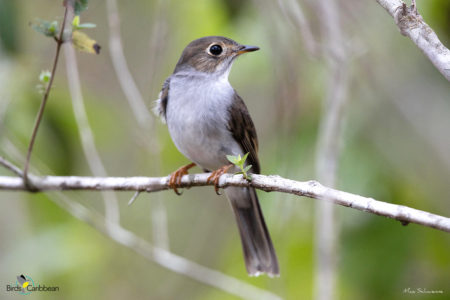
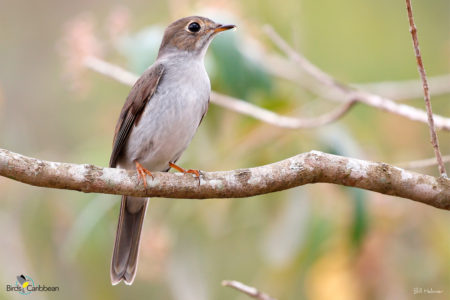
Activity of the Day
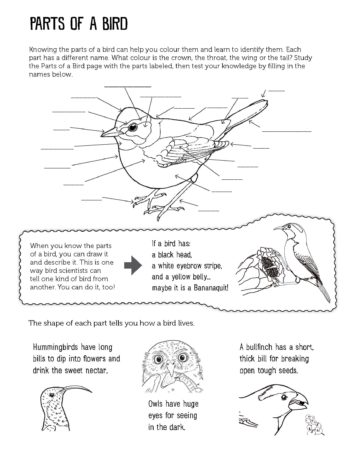 FOR KIDS: Do you know what the different parts of a bird are called? Knowing them can help you to learn how to describe and identify birds, as well as colour them in. Learn the names for the parts of a bird by checking out the diagram in this page. Then test your knowledge by filling in the parts on this sheet. You can colour in the drawings on these pages too! FOR KIDS AND ADULTS: Enjoy the videos below of the Cuban Solitaire in its natural habitat. Although these are not the most colourful birds, they have an amazing high-pitched melodic and varied song. You can hear the birds calling and singing in both videos – what does the sound of their song remind you of?
FOR KIDS: Do you know what the different parts of a bird are called? Knowing them can help you to learn how to describe and identify birds, as well as colour them in. Learn the names for the parts of a bird by checking out the diagram in this page. Then test your knowledge by filling in the parts on this sheet. You can colour in the drawings on these pages too! FOR KIDS AND ADULTS: Enjoy the videos below of the Cuban Solitaire in its natural habitat. Although these are not the most colourful birds, they have an amazing high-pitched melodic and varied song. You can hear the birds calling and singing in both videos – what does the sound of their song remind you of?
